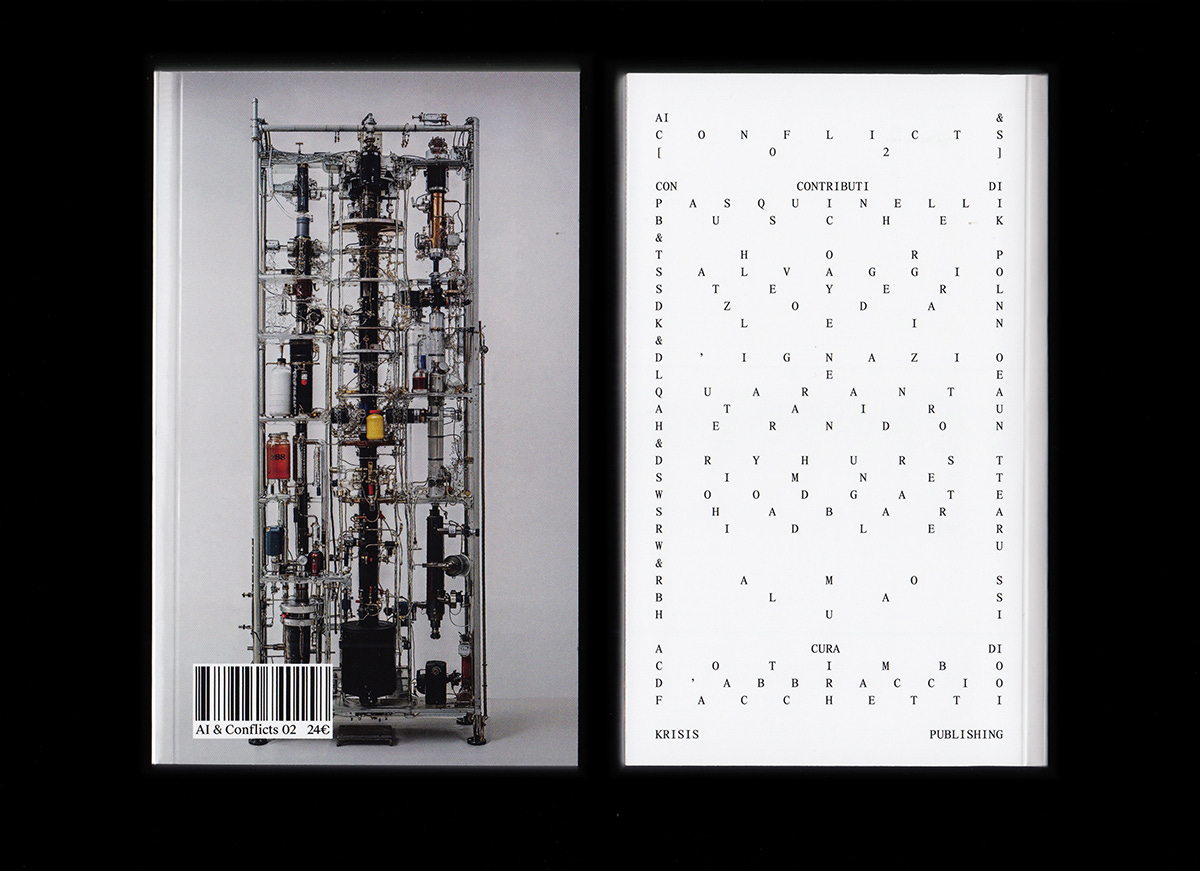∘ ∘ ∘ ( °ヮ° ) ? Recently, I’ve been thinking a lot about what it really means, for an artist, to work with Artificial Intelligence. My main point is this: it’s easy for us to speculate about what AI represents for us, the users - whether it's a mere tool, a powerful medium, a collaborator, a co-author, the true author, a bad joke, a thief, a nightmare, and so on.
But what are we, from the machine’s point of view? I found the best answer to this question in a relatively old (2018) text by Kate Crawford and Vladan Joler, where they talk about Amazon Echo. They write:
“It is difficult to place the human user of an AI system into a single category: rather, they deserve to be considered as a hybrid case. Just as the Greek chimera was a mythological animal that was part lion, goat, snake and monster, the Echo user is simultaneously a consumer, a resource, a worker, and a product.”
This quote, to me, opens up a vertiginous perspective. Where does agency lie? Who controls what - or what controls whom? Are we free to engage with it as we like, or not?
I’ve tried to explore these questions in a series of texts that will be gradually released in the coming months, touching on authorship, appropriation, kitsch, and tactical behaviors. The first one is now available in Italian in a thoughtfully curated anthology, published by Krisis, featuring essays and artworks by Matteo Pasquinelli, Eryk Salvaggio, Hito Steyerl, Rosemary Lee, Minne Atairu, Holly Herndon & Mat Dryhurst, Anna Ridler, Zach Blas, Yuk Hui - just to name a few. Enjoy it, if you can.
( 。 • ᴖ • 。) More takes on the topic are on the way, in both Italian and English. Thanks to Mauro Martino, I had the privilege of sharing some of these ideas in a lovely online conversation with Lev Manovich, Amy Alexander, Jonah Brucker-Cohen, and others, held as part of SIGGRAPH Sparks.
(¬_¬") I was lucky enough to see an earlier piece, originally published in English in the journal Visual Cultural Studies (VCS) in 2022, translated into Polish and made available in open access. Its title is „Crypto art” nie istnieje. Jak poradzić sobie z niefortunnym określeniem rodzaju sztuki, which translates as “Crypto Art Does Not Exist. Coming to Terms with an Unfortunate Art Label.”
I’ll be cooking up more things over the summer- but for now, it’s getting hot, and you’ll have to make do with this quick, light meal.




